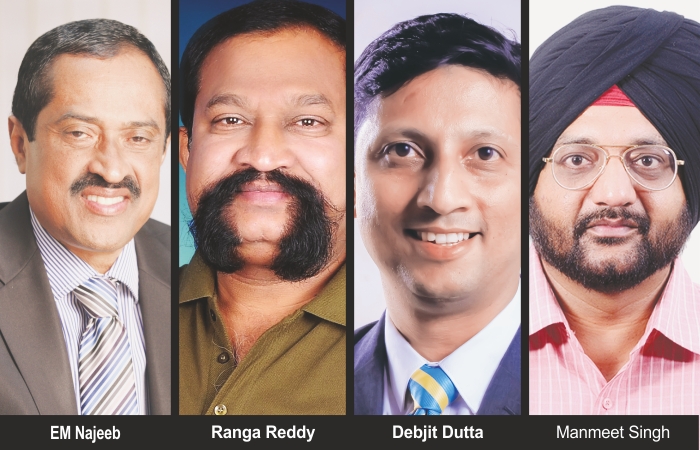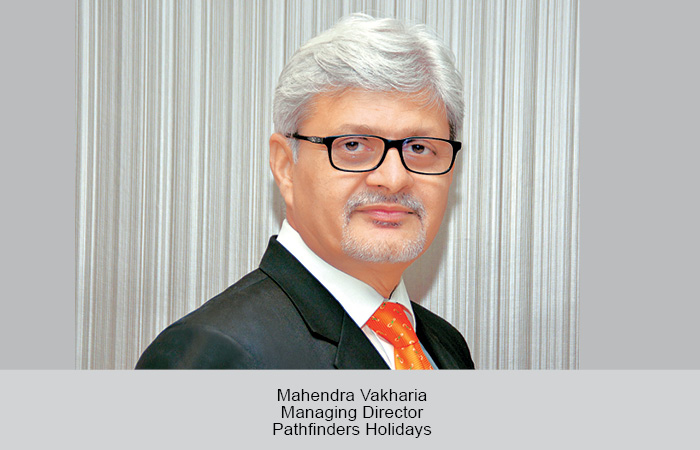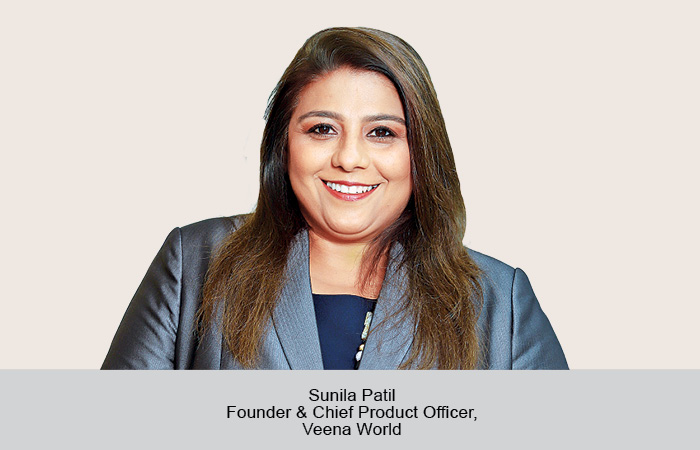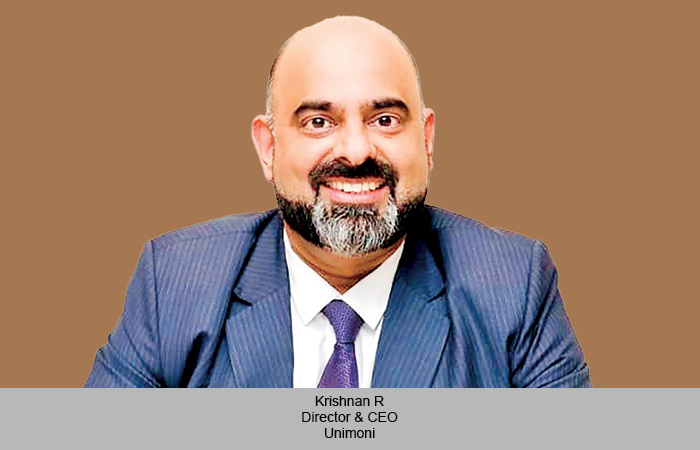Medical tourism, already on the rise, can be a game changer in the future if the government and travel trade unite.
Nisha Verma
India was booming as a medical tourism destination pre-COVID. By mid-2020, India’s medical tourism sector was estimated to be worth US$5-6 billion. In 2017, 495,056 patients visited India to seek medical care.
But, the COVID pandemic has affected the tourist movement globally so much that it is still going through a lull, claims EM Najeeb, Senior Vice President, IATO. Medical tourism might just be seen in a new light post-COVID, with the world now well-aware of India’s medical prowess and handling capacity.
Future of medical tourism
Najeeb, however, still believes that there are many advantages of medical treatment in India. “These include lower costs, the availability of latest medical technologies, and a growing compliance to international quality standards, doctors trained in western countries including the United States and the United Kingdom, and English-speaking personnel that is seen as a great attraction. Medical treatments provided by the skilled doctors here has made India the hub of medical tourism, taking nearly 18 per cent of the global market. Because of this great confidence internationally about India, the demand would surely sustain and the traffic would begin after the restrictions of the pandemic are eased. Once international connectivity resumes and people show their willingness to travel, India would have a great future in medical tourism. Many European countries, Arab countries, SAARC countries, South Asian countries, have been taking medical treatment from here. In many developed countries, a good treatment requires a long period of waiting for surgeries and the cost is high, too. We have no such waiting in India,” he shares.
Echoing Najeeb’s opinion is Ranga Reddy, Chairman – Telangana & AP state Chapters, IATO, who says, “India is going to witness the glory of medical tourism in the coming years, especially after the invention, distribution and trust created by the pharma companies and hospitals, as well as frontline staff that is on a par with other international companies in the developed world. The time taken to invent the COVID vaccines is highly appreciated with the existing science and technology available in India.”
India has always been a hub for medical tourism, claims Debjit Dutta, Chairman- West Bengal Chapter, IATO & ADTOI. “The country offers state-of-the-art medical facilities for neighbouring countries. Hence, for the promotion of regional medical tourism, there are huge prospects. Both for medical and wellness tourism, India is famous worldwide,” he says, adding that eastern India can offer great opportunity for medical tourism for neighbouring countries like Nepal, Bhutan and Bangladesh, from where many people come for treatment to Kolkata, which is booming with super-specialty hospitals.
“Apart from neighbouring countries, people are coming here from the Northeastern states as well as Bihar, Jharkhand and Chhattisgarh for treatment,” he shares.
Advantage India
“India has a positive impression worldwide in terms of overall medical conditions and services. India is known for handling the crisis well and has brought out the vaccination for COVID quite early. The country had previously supplied Hydroxychloroquine to many countries, including the developed nations like USA, to facilitate development of doses for protection from COVID-19,” claims Manmeet Singh, Chairman – Punjab Chapter, IATO and Chairman – Haryana, Punjab, Chandigarh and Northern India, ADTOI.
Reddy agrees that India does have many advantages. “These include daily cost of travel within India, stays available for attendants close to treatment centres, low treatment-cost advantage, as well as post-treatment recovering environment. There are effective specialised treatments, shorter connectivity to metro cities, as well as the availability of medical and leisure at one place. Nearly 38 hospitals have got accredited by Joint Commission International (JCI) & 619 hospitals have been accredited by National Accreditation Board for Hospitals and Healthcare Providers (NABH). Other things that work for India is lower mortality rate post-surgery. Alternative choice of Ayurveda, allopathic, Yunani (Greek), homeopathy, Yoga, Siddha, naturopathy and bariatric surgeries are available in the country. India has healthy international relations with other developing countries and there is a strong reputation of Indian hospitality abroad,” he lists.
Sharing that tour operators have started putting together ‘Medical Tour India’ packages, Reddy adds, “This allows them to combine a sight-seeing tour with medical treatment. India specialises in surgeries such as joint replacement (knee and/ or hip), cardiac surgery, dental surgery and cosmetic surgeries, individuals with rare genetic disorders followed by dental, cancer surgery, diagnosis for obesity and IVF treatment. Rejuvenation therapies are also popular. The success and skill of Indian doctors and medical staff is well-known overseas as is their professionalism and compassion. Other advantages are the emergence of a corporate health sector, cheap international airfares and good connections, as well as a sub-continental weather.”
Concerns
Singh believes that medical tourism is a segment of tourism that can be pursued on a large scale in a proper manner only if the required infrastructure is built at a national level. “Otherwise, at a small scale or individual unit level, medical tourism can be promoted to a small extent only. Speaking from a state perspective, Kerala and some other cities are good for medical, health and wellness tourism. Post-COVID, it will have great scope,”
he asserts.
Dutta claims that the sector has never been properly explored. “Majority of tourism industry stakeholders are not aware of the opportunities and potential in this segment. There is a very small number of Ministry of Tourism-approved tour operators in the medical tourism segment. Only about two per cent of tour operators are in this segment, primarily because of lack of awareness and because they don’t understand the potential of this segment. Hence, understanding of this segment is required by the people who are working in the tourism industry. This is the primary bottleneck. If the medical tourism industry and hospitals understand each other, we can generate more traffic and revenue to the country and the state. In fact, even Siliguri, because of its strategic location as a gateway to the Himalayas and its proximity to Nepal, Bhutan and Bangladesh, can be developed as a medical and wellness tourism destination,” he says.
Another issue, according to him, is that this segment is not structured. “Hence, I think, considering the opportunity that we have in eastern India, there should be wellness and medical facilities that are streamlined and structured. Hence, focused events and workshops need to be organised,” he points out.
Tour operators must ensure global reach
“They should tie up with good hospitals offering medical tourism services and study their treatment packages well and get into a good tie-up with them. Once the health packages are ready with them, they can start marketing them in potential markets through the operators in those countries who arrange and sell the packages to the ones who need the service. The tour operators can also reach the product to all concerned through brochures, websites, product portals, and through selective and focused digital channels. They should enlighten the market about the competitiveness of the medical facilities in the country and other advantages. Tour operators should ensure global reach for the product they have in hand through social media and digital technology.”
–EM Najeeb
Packages must be competitive
“Competitive medical and leisure package pricing should be done and more informative brochures with medical specialisation hospitals should be made. There is a need to create more trust for patients and healthcare providers. Also, there is a need to create more medical package tours. There should be annual medical destination conferences in different locations in India. The trade needs to work closely with airlines and hotels for discounts for medical visa holders, handle more effectively the entire process of pre and post-care treatments, transferring of medical records, handling travel arrangements, personal manager or a translator in some cases, or even scheduling tours in the destination country. They need to facilitate the dissemination of information, coordinate with hotels, guest houses.”
–Ranga Reddy
Facilities must be provided pan India
“Medical tourism can be best promoted in a big way only if the
government supports it and creates the right environment and infrastructure for medical tourism in conjunction with the private sector. Thereafter, specialised tour operators can promote the packages in the international market. Some states like Kerala are already doing well and reaping the advantages as well as providing the much-needed services not only to Indians but to the world. We need to step up and provide facilities on a pan-India basis.”
– Manmeet Singh
More pockets must be developed
“Wellness pockets can be developed across the country, as currently they are condensed mostly in the southern part of India. Destinations like the Sunderbans can work as wonderful wellness destinations.”
– Debjit Dutta
 TravTalk India Online Magazine
TravTalk India Online Magazine





